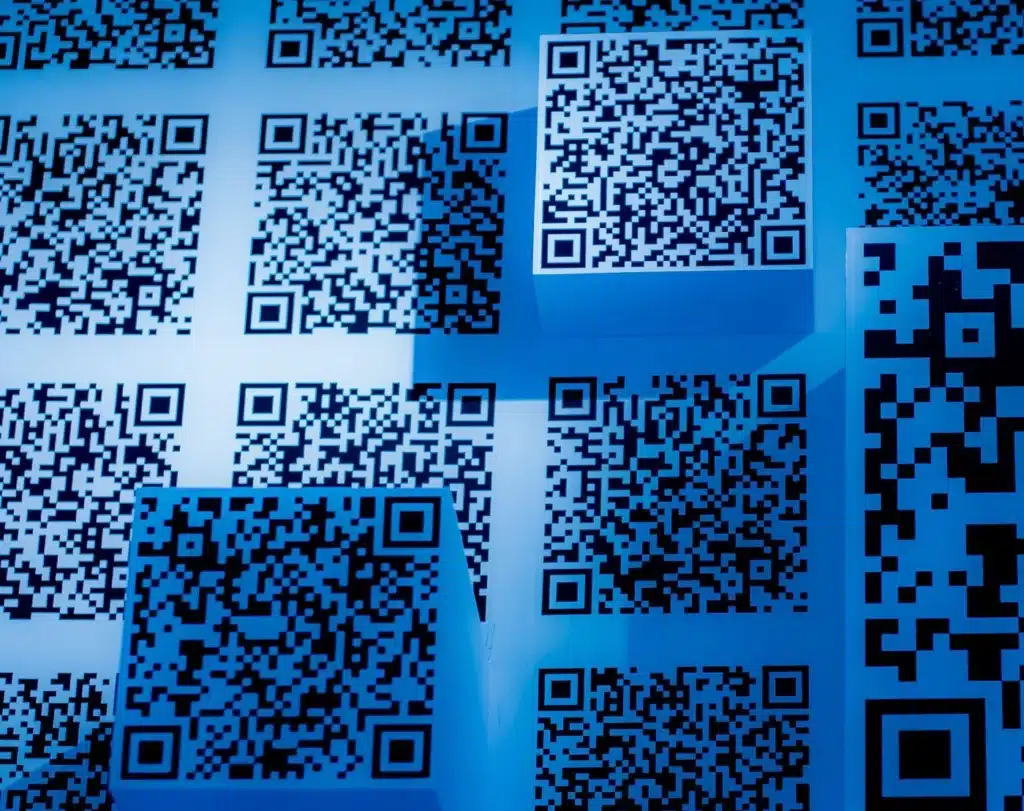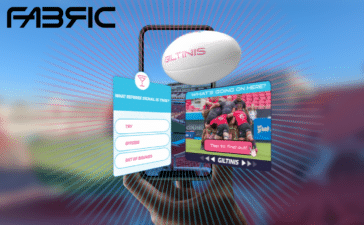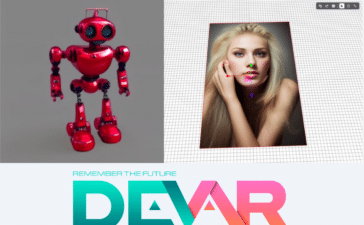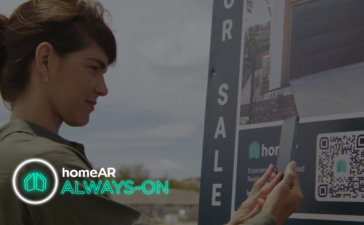“Netflix for AR Content”: ARVision’s ARiddle, an AR Gaming Platform With Multiplayer Feature
(A)Riddle me this, what do you get when you create a gaming platform that facilitates the distribution of AR content and improves the multiplayer gaming experience? The start of a new era of interactive entertainment.
ARVision Games, an innovator in AR gaming, takes interactive and collaborative gaming experiences to the next level with the recent launch of its newest multiplayer gaming platform, ARiddle. Unveiled at the recent VivaTech Conference 2023, this cutting-edge platform is set to enable full AR immersion of gameplay.
ARVision’s ARiddle: The Netflix for AR Games
The new platform developed by ARVision Games is set to transform how we access and use AR content. Instead of downloading dozens of apps for individual games, users need to download only one app—ARiddle—to access a vast library of AR games.

“What we are trying to do is like Netflix for AR content. So today, there are platforms to play movies, to play videos, but there is no platform to play AR content,” said Christian Ruiz, CCO of ARVision Games, in a recent interview at VivaTech.
So, the team decided to develop the ARiddle platform, where users will be able to find dozens of AR games, both developed by the company itself and by other developers. “We are going to open the platform to other studios, for them to be able to create games and then put them on our platform,” Ruiz said.
Another innovative aspect of the AR platform ARiddle is the multiplayer feature. As Ruiz explains, “We are really innovating with the multiplayer feature, because making multiplayer in VR, or any kind of game, is quite usual, but in AR is more complicated.”
ARiddle will also be home to AR escape games developed by ARVision Games. Captivating players with their immersive narratives and intricate puzzles, escape rooms have gained immense popularity in recent years.
The Montreal-based company takes this concept to new heights by bringing escape rooms into the realm of augmented reality. Through its ARiddle platform, players can now experience the thrill of escape rooms wherever they are. All they need is a mobile device to project the virtual environment into their physical surroundings.
In the ARiddle AR escape games, players are challenged to analyze their environment, search for clues, and solve a myriad of enigmas and riddles to complete the mission. With the exhilarating blend of AR technology and engaging gameplay, the ARiddle app guarantees an unforgettable adventure that will challenge your intellect and immerse you in a world of mystery.
Save the Cup: AR Escape Game That Lets Children Virtually Escape From the Hospital Bed
To create more meaningful AR experiences, ARVision Games has collaborated with 1 Maillot Pour La Vie, a charitable organization that strives to fulfill the dreams of children facing adversity. It coordinates with top athletes, famous personalities, and sports clubs to give children opportunities to experience something different from their daily hospital life.
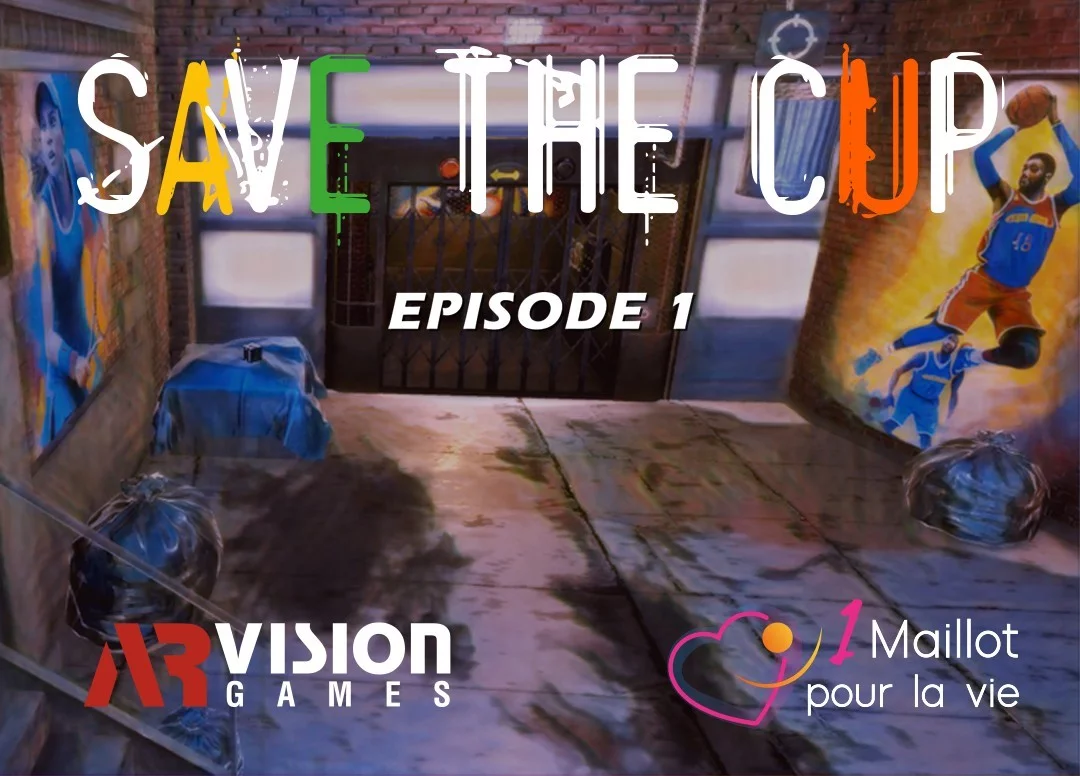
Together, ARVision Games and 1 Maillot Pour La Vie have embarked on a mission to create augmented reality multiplayer escape rooms that provide unique and engaging experiences for children. This collaboration aims to transport children into a world of imagination and wonder, where the challenges and obstacles of their reality are momentarily set aside.
“This is a great project that we have with 1 Maillot Pour La Vie. This association takes care of kids who have been in the hospital for a long time,” said Ruiz. “So we had the idea to make a special escape game for them to be able to play from their bed and transport them, thanks to augmented reality, to a chocolate factory, to an Egyptian pyramid…”
The first AR game developed through this collaboration is the Save the Cup series. This immersive AR experience combines captivating storytelling, challenging puzzles, and collaborative gameplay for children of all ages.
The game comprises a series of three episodes, each with unique challenges that bring players closer to finding the lost World Cup. Through AR, children are able to momentarily escape from their sick beds, go on amazing adventures, and achieve a sense of accomplishment as they complete the game’s mission.
Continued AR Innovation for Creating Meaningful Experiences
The Save the Cup series shows us how AR can empower and inspire users. By enabling children in hospitals and confined spaces to enjoy the same exciting escape room adventures as those in physical locations, the AR application becomes much more than a game. Innovations like these take AR beyond gaming and entertainment.
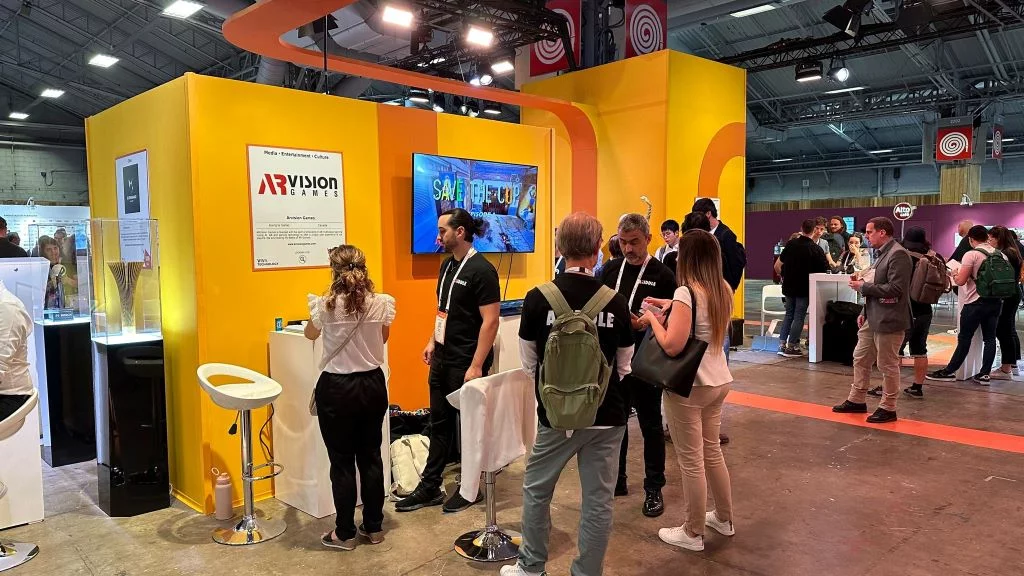
Knowing this, ARVision Games is constantly innovating and is continuously iterating its platforms to provide more AR use cases that create meaningful experiences for users. It is driven to grow ARiddle into a centralized hub for AR content. By embracing the transformative potential of AR, ARVision Games is shaping the future of immersive content. With the fusion of technology and compassion at the heart of its mission, it will undoubtedly continue to inspire and bring joy to gamers around the world.

